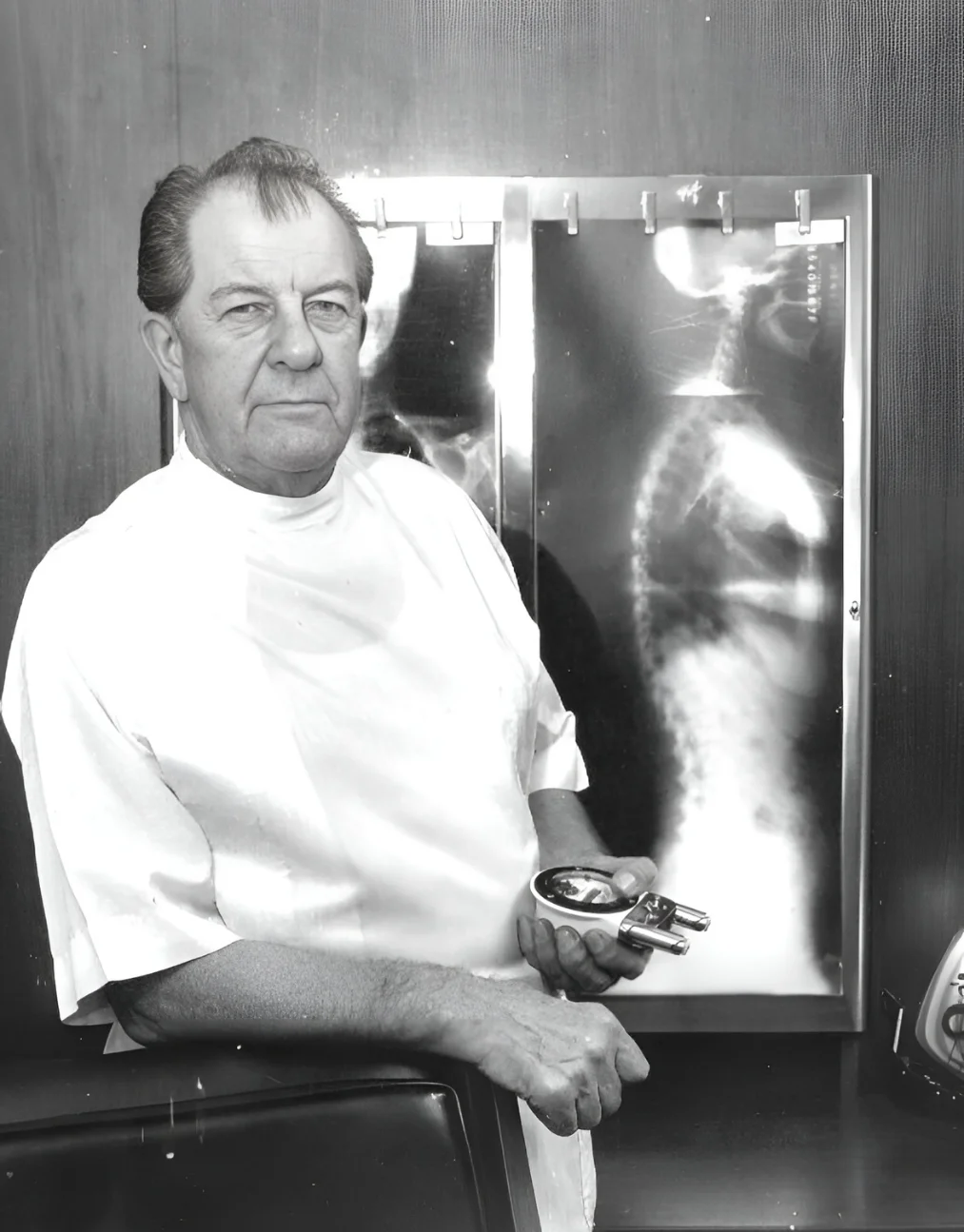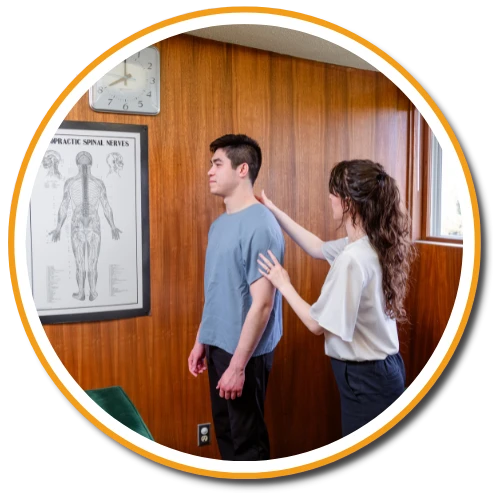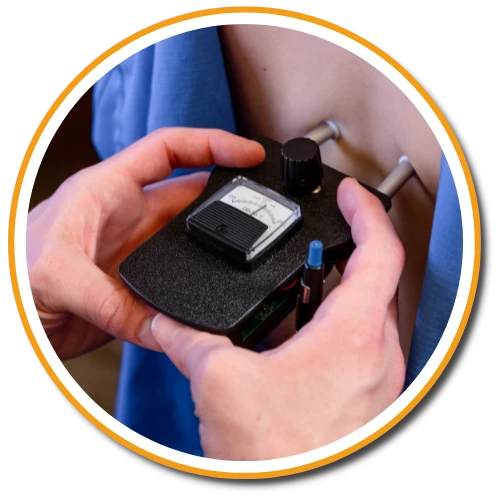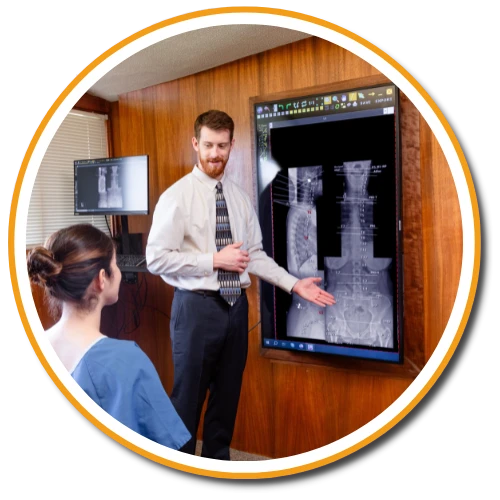
Why make a decision concerning someone’s health with anything less than ALL of the available information? Every patient deserves to have a detailed analysis of their clinical picture to ensure the highest level of chiropractic care. This will ensure specificity and ultimately patient confidence in the doctor’s ability with care.
Not one thing is certain which is why we use Thorough Health History, Postural Assessment, Instrumentation, Palpation, and X-Rays to determine the exact spot that we need to adjust a patient. When all of these correlate we are more likely to give the patient a specific adjustment. The greater the specificity, the greater the change we will notice in the patient’s health. Dr. Gonstead noted that three adjustments on the wrong vertebral segment could cause a Subluxation; therefore it is extremely important to be as specific as possible.
We underscore that a specific approach toward correcting spinal conditions will produce long-lasting and permanent results well beyond the recommended treatment plan.





Dr. Gonstead proposed that vertebral misalignment disrupts the Parallel Disc alignment, leading to compression at the nucleus pulposus. This compression forces the nucleus to exert pressure on the surrounding annular fibers, causing damage to them.
Such damage triggers an inflammatory response, which causes the disc to swell. This swelling then exerts pressure on the nerves located in the respective intervertebral foramen, leading to neurological dysfunction.
According to the Gonstead methodology, understanding that subluxations originate from the disc is crucial. Recognizing the stages of disc degeneration is essential for determining the appropriate adjustment direction and force needed for effective correction.
Within the spinal column, the intervertebral discs serve a dual purpose: they act as a protective buffer to enhance flexibility and as a structural link that maintains proper motion between the vertebral bodies.
The Nucleus Pulposus, a dense central core, retains fluids and nutrients and acts as a pivot during vertebral movement, much like a "ball bearing." The Annulus Fibrosis, composed of fibrocartilage and collagen fibers, surrounds this core. It is similar to the concentric rings seen in a tree trunk cross-section, and it is anchored to the cartilaginous end plates of the adjacent vertebral bodies.
Dr. Gonstead's Level Disc Theory asserts that "anatomically and physiologically normal discs promote optimum vertebral alignment." This is evidenced when the vertical height of a vertebral couple is uniform around 360 degrees, with the vertebral bodies properly aligned. This alignment, known as "Parallel Discs," ensures even weight distribution, adequate nutrient flow, and optimal joint function and movement within the spine.
The principles of the Gonstead Method are the simple principles of chiropractic put to work; how to understand what causes nerve pressure, how to find it on the patient, how to achieve a corrective setting of the offending vertebra, and how to know when the chiropractor’s job is done, and nature’s begins.
